Neeta Shubhrajit Das Associates
Shubhrajit Das
Neeta Das
Mansara
Neeta Shubhrajit Das Associates was established in 1987. The firm is a proprietorship firm with several associates. The firm has handled various conservation and design projects, both big and small. In all the projects the office strives towards perfection in terms of efficient planning, economy in design, and simple uncluttered aesthetics. The designs from the office are based on a strong theoretical base. Both the architects of the office, are highly qualified, widely published, and eminent teachers. To ensure a high quality of work the office accepts a select number of projects at one time. Every effort is made to keep the office up to date with progressive ideas; be they in the field of design philosophies, construction techniques, or new materials.

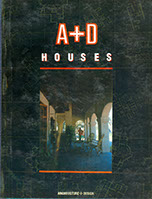
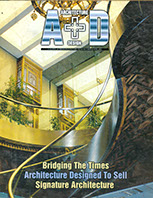

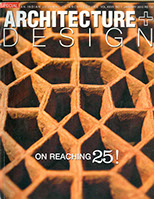
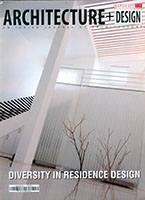
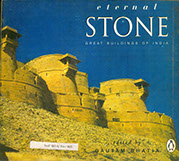
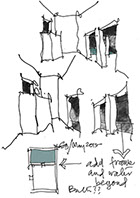
Cover issues of journals/books
Shubhrajit Das graduated from CEPT University in Ahmedabad, with a term at the Federal Institute of Technology (ETH) in Zurich. He post graduated in Architecture Theory, Criticism and Pedagogy from the University of Cincinnati in Cincinnati and finished his doctoral thesis from CEPT University/Jadavpur University in Calcutta. He has been teaching in many places since 1987, including SPA in Delhi, CEPT University and NID in Ahmedabad. He is currently a Professor in Architecture at the Jadavpur University in Calcutta.
Both his designs and writings are extensively published. Besides others, while his early design of Biswas House featured in the A+D Record Houses of the Decade in India in 1991, his recent Devesh Deepak House featured in the A+D Residence with a Difference in 2015. SIDBI Terrace Housing, on the other hand, drew critical attention and special mention in A+D Spectrum Award for Housing in 2002. He also exhibited on his design work at the12 on 12 in Ahmedabad and on theory at the Society of Architectural Historians of United States in Cincinnati.
Similar to his design work, his writings have been extensively published as well. Significant among them is his co-authored book, Eternal Stone: The Great Buildings of India from Penguin Books in 2000, edited by Gautam Bhatia. His essays on architecture theory, criticism and design have also featured repeatedly in A+D, including some of their cover/lead issues. His essay on Deconstruction/Deconstructivist Architecture also featured in the 25th Anniversary Special issue of A+D in 2010.
.jpg)






<
>
Neeta Das is a graduate in Architecture (1987) from CEPT, Ahmedabad, M.S. in Architectural History, Theory, Criticism, & Pedagogy (1995) from the University of Cincinnati, USA, a Ph.D. from Lucknow University (2004), and specialist in conservation from SPAB, London (2004) and Scottish Lime Center, Charlestown (2013). Based in Kolkata, she is involved in private practice, research, and writing on architectural history and conservation. Her conservation works emphasize the holistic and sustainable conservation of buildings through material research, urban re-development, and community participation.
A prolific writer Das has authored and co-authored several books on the 18th and 19th century architecture and conservation for Prestel, Marg, The Times of India, INTACH, and other publishers. The Architecture of Imambaras, Indian Architecture: Problems in the Interpretation of 18th & 19th Century Architecture, The Architecture of Lucknow, are some of the books written by her; Murshidabad, Forgotten Capital of Bengal, published by Marg, co-edited with Rosie Llewellyn-Jones, is her most recent publication. Das was a professor of architecture in Lucknow before she moved to Kolkata in 2011. Since she is a visiting faculty at the School of Architecture, CEPT, Ahmedabad for post graduate and doctoral studies.
Inspired by the talks of Prof. B.V. Doshi, during his visit to Lucknow, Mansara was started by a group of young architects interested in doing something for the heritage and their city in around 1989. It was formalized as a non-government organization (PAN Number AAAAM6193P) registered under the Registrar of Firms and Societies and registered on Thirteenth December 2002 (Valid upto 2017). The main emphasis of the society is to identify, recognize, and promote the heritage of historic cities by research and outreach activities. It also attempts to offer technical support for the conservation of the same through workshops, training programs, publications, and consultancy. The society is funded by grants, donations, and project funds. Mansara is currently engaged in capacity building, consultancy, and material research. Its services include on-site trainings, material analysis, and heritage related activities such as documentation and historical research.



© Neeta Shubhrajit Das Associates/Ishita Das 2016